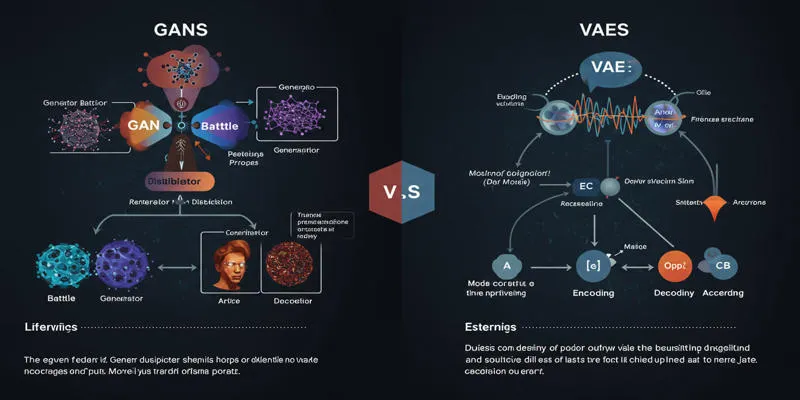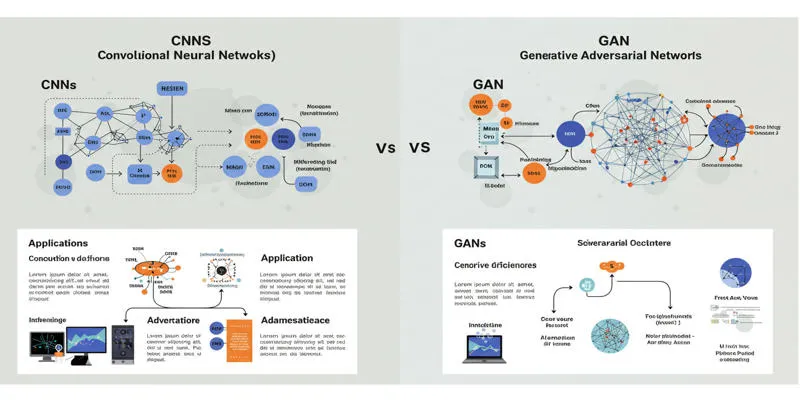In today’s digital age, artificial intelligence (AI) and machine learning rely heavily on data as their backbone. However, acquiring high-quality datasets that are diverse and free from bias presents significant challenges due to privacy restrictions, limited access, and high acquisition costs. This article delves into the generation of synthetic data through generative AI systems, exploring their functionalities, industrial applications, and key benefits.
What Is Synthetic Data?
 Synthetic data
refers to artificially created datasets that replicate the statistical
distributions of real data but do not contain any personal information. These
datasets are generated through algorithms such as Generative Adversarial
Networks (GANs) and Variational Autoencoders (VAEs), rather than traditional
data collection methods. The use of synthetic data has surged in recent years,
addressing several critical issues:
Synthetic data
refers to artificially created datasets that replicate the statistical
distributions of real data but do not contain any personal information. These
datasets are generated through algorithms such as Generative Adversarial
Networks (GANs) and Variational Autoencoders (VAEs), rather than traditional
data collection methods. The use of synthetic data has surged in recent years,
addressing several critical issues:
Addressing Data Scarcity
Synthetic data plays a crucial role in fields where data is scarce, such as specialized domains in healthcare and finance. It also helps reduce bias in machine learning training datasets. Gartner predicts that by 2030, synthetic data will surpass real-world data for training AI models (source: [Gartner](https:/www.gartner.com/en/newsroom/press- releases/2021-09-01-gartner-forecasts-synthetic-data-will-replace-real-data- for-ai-model-training)).
Why Create Synthetic Data with Generative AI?
The growing adoption of synthetic data is attributed to its numerous advantages:
1. Privacy Protection
Synthetic data offers robust privacy protection by removing Personally Identifiable Information (PII), ensuring compliance with regulations like GDPR and HIPAA. For example:
- In healthcare, synthetic patient records facilitate research without compromising sensitive medical information.
- In finance, companies can mimic transaction patterns while keeping customer data anonymous.
2. Solving Data Scarcity
Many industries struggle to acquire adequate datasets for training machine learning models. Synthetic data can be tailored to meet specific industrial needs. For instance:
- Autonomous vehicle companies use simulations to create millions of virtual driving scenarios.
- Retailers develop datasets for recommendation systems using customer interaction data.
3. Bias Reduction
Real-world datasets often contain biases that lead to discriminatory AI behavior. Synthetic data helps balance datasets by generating rare data categories or simulated scenarios. For example:
- Synthetic images in facial recognition systems ensure equal representation across different ethnicities and genders.
4. Cost Efficiency
Collecting real-world data is expensive and time-consuming. Synthetic data generation significantly reduces costs through automated dataset creation.
5. Accelerating Development
Synthetic data accelerates development cycles by providing on-demand datasets for testing, eliminating the wait for real-world data collection.
How Is Synthetic Data Created Using Generative AI?
1. Generative Adversarial Networks (GANs)
GANs consist of two neural networks: the generator and the discriminator. The generator creates synthetic samples, while the discriminator evaluates their authenticity against real data, continuously improving the generator’s output.
- Used in applications such as computer vision and virtual reality simulations.
2. Variational Autoencoders (VAEs)
VAEs compress data into a latent space before decoding it into new synthetic samples. Unlike GANs, VAEs rely on probabilistic modeling.
- Applications include generating medical imaging datasets and varying product designs.
3. Transformer-Based Models
Transformer-based models, including large language models like GPT, generate synthetic text data by analyzing extensive text collections to extract linguistic patterns.
- Applications range from creating customer evaluation texts to generating legal and financial documents.
4. Agent-Based Modeling
This method uses computer agents to simulate interactions within controlled environments, modeling complex behavioral structures.
- Used in epidemiological studies to model disease spread.
Applications of Synthetic Data Across Industries
Synthetic data is transforming various industries:
1. Healthcare
Synthetic data allows the development of medical models without violating HIPAA. For example:
- Synthetic MRI imaging aids in diagnosing rare conditions.
- Pharmaceutical research benefits from drug interaction simulations.
2. Finance
Financial institutions use synthetic transaction data to test fraud detection algorithms while adhering to privacy regulations. Examples include:
- Simulating credit card payments for fraud analysis.
- Creating customized client profiles to enhance banking solutions.
3. Autonomous Vehicles
Self-driving car companies use synthetic driving scenarios to improve perception capabilities under diverse weather and traffic conditions.
4. Retail
Retailers use synthetic customer interaction data to optimize recommendation systems and inventory management.
5. Cybersecurity
Synthetic network traffic patterns aid cybersecurity teams in testing intrusion detection systems while keeping operational information secure.
Challenges in Using Synthetic Data
Despite its advantages, synthetic data poses certain challenges:
- Ensuring quality assurance to accurately reflect real-world scenarios can be complex.
- Ethical considerations are necessary to prevent misuse, such as deepfakes.
- GANs require extensive computational resources for effective training.
Overcoming these challenges requires robust validation standards, ethical regulations, and investment in computational infrastructure.
Conclusion
Generative AI models like GANs, VAEs, and transformer-based systems are set to play an increasingly pivotal role in synthetic data generation. Organizations should integrate these tools into their AI strategies, as they are essential for maintaining a competitive edge.
Mastering synthetic data creation through generative AI not only fosters innovation but also ensures ethical standards in developing technologies like autonomous vehicles and recommendation engines.
 zfn9
zfn9






















